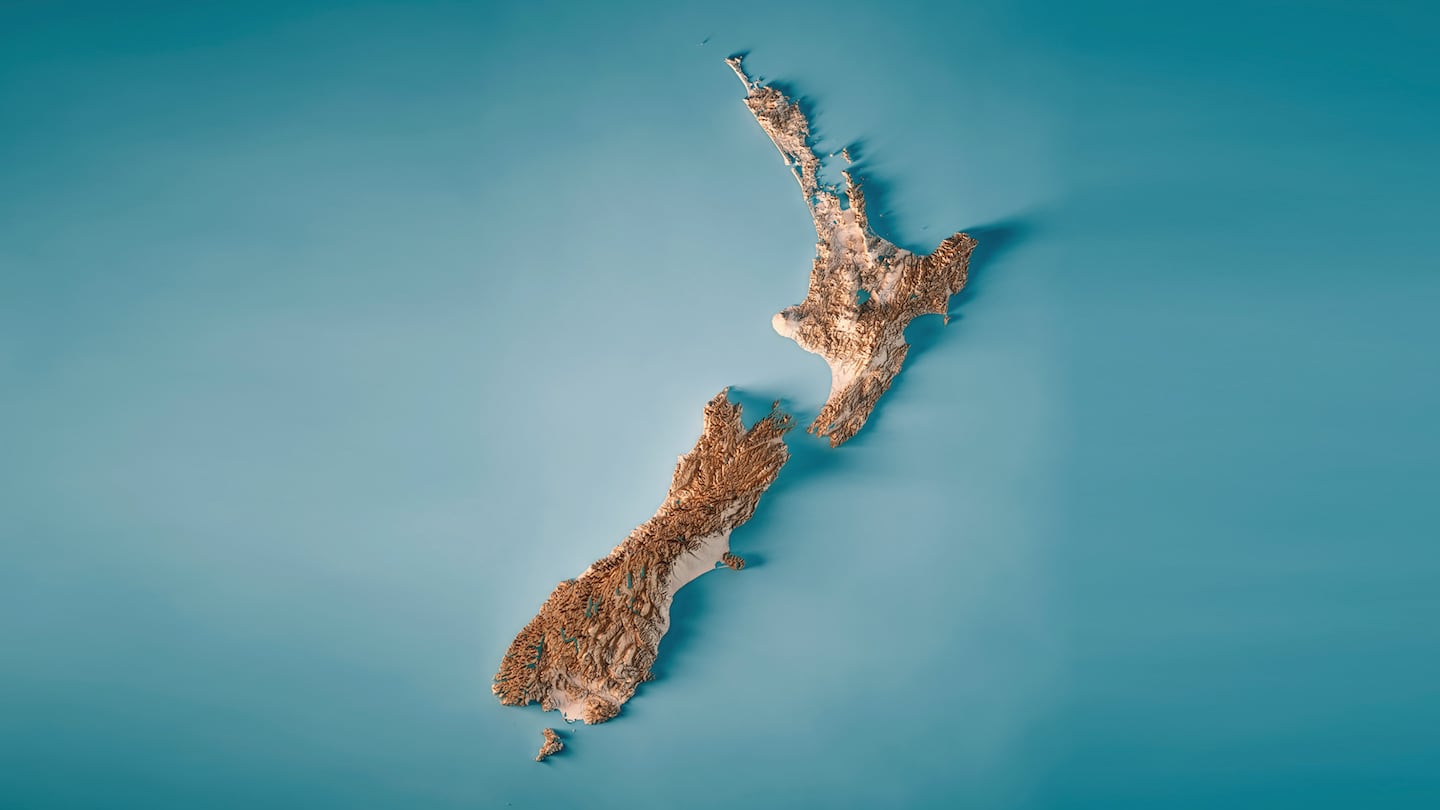OPINION: The Reverend Richard Taylor arrived in New Zealand in 1839 and was based at the Whanganui mission station for more than 20 years.
From there he travelled through much of the North Island.
It’s recorded that although, in linguistic terms, he wasn’t particularly fluent in te reo Māori, he established good relationships with several prominent Māori figures, and achieved recognition as a successful evangelist and peace-maker.
He took the Whanganui rangatira, Hoani Wiremu Hīpango, to England in 1855, and Hīpango’s son, Hori Kingi in 1867.
His best-known book - Te Ika a Maui, or New Zealand and its Inhabitants – was published in 1855.
It covers a wide range of subjects from geology and natural history to Māori traditions, songs and proverbs.
One point of particular interest today, in relation to this column, is that in his preface Taylor emphasises that the name “New Zealand” is inappropriate for this country – and that a Māori name should be established in its place.
The name Taylor suggests is “Te Ika a Māui” (“The Fish of Māui”) which, he appears to have assumed, Māori applied to the entire country rather than just to the North Island. In the map in the front of Taylor’s book the southern part of the South Island is given the name “Ta Vai Poenammoo” (i.e “Te Wai Pounamu” – “The Water of Greenstone”) but it would seem that Taylor was unaware that the South Island was also known as “Te Waka o Māui” – the canoe from aboard which Māui “fished-up” the North Island.
This aside, it’s intriguing that more than 160 years ago someone should be arguing against the (now disused) names of provinces “New Ulster”, “New Munster”, “New Leinster’ and “New Connaught” and so strongly in favour of a name of Māori origin.
In his listing of the migration canoes Taylor does mention the “Aotea”, which was associated with the Taranaki tribes with whom he was in close contact.
It can only be conjectured whether, if he had known of the alternative naming of the North Island as “Aotearoa” he might have suggested it as a substitute for “New Zealand” at that time.
The appropriateness of this name (“Ao” = “day” or “cloud”; “tea” = “white”; and “roa” = “long”) for the whole country, however, is only re-enforced by a reading of this entry in the journal of Abel Tasman’s voyage: “[14 December, 1642] … it was a very high double land, but we could not, because of thick cloud, get sight of the tops of the mountains.”
David Kārena-Holmes is a published author, living in Dunedin. A tutor of grammar since the 1980s, his third book on the subject is Te Reo Māori - the Basics Explained (Oratia Books 2020). He is examining te reo grammar in a series of fortnightly articles.
- Stuff


